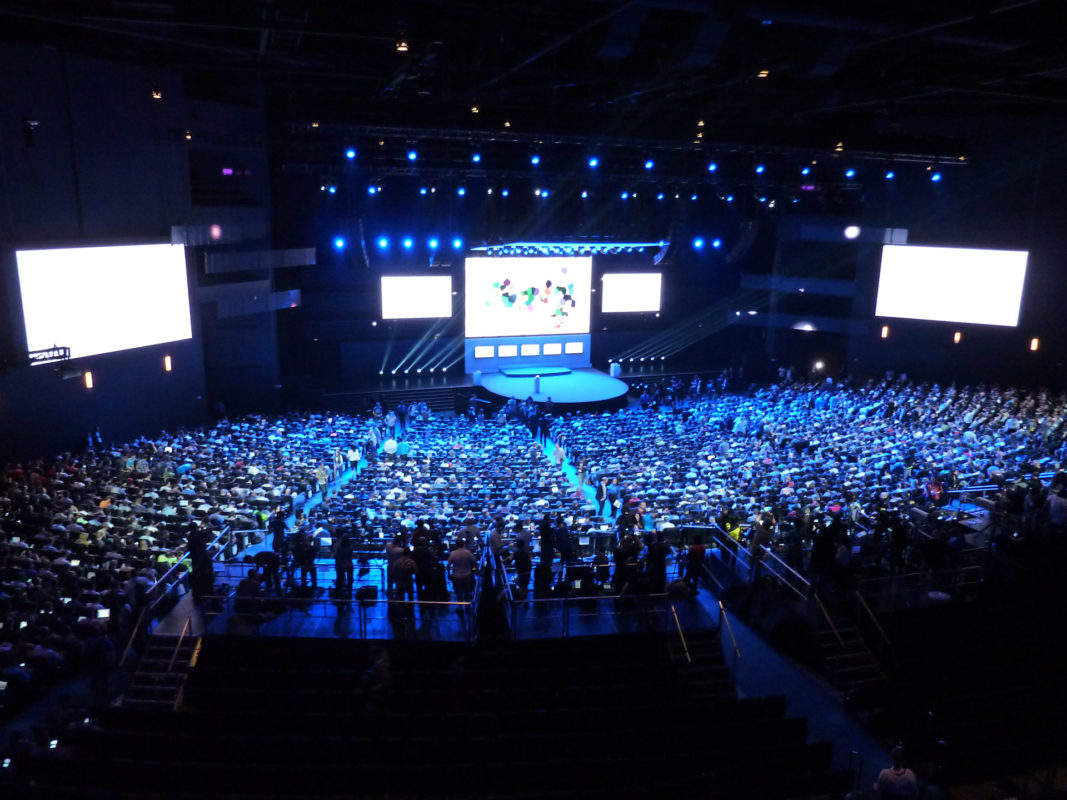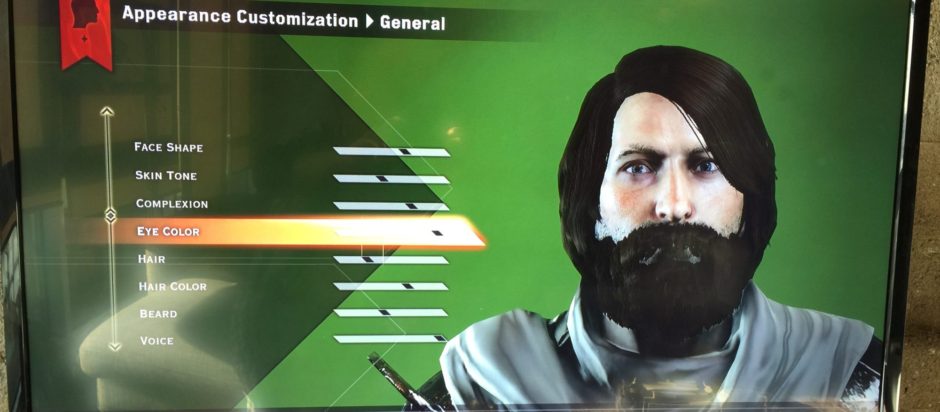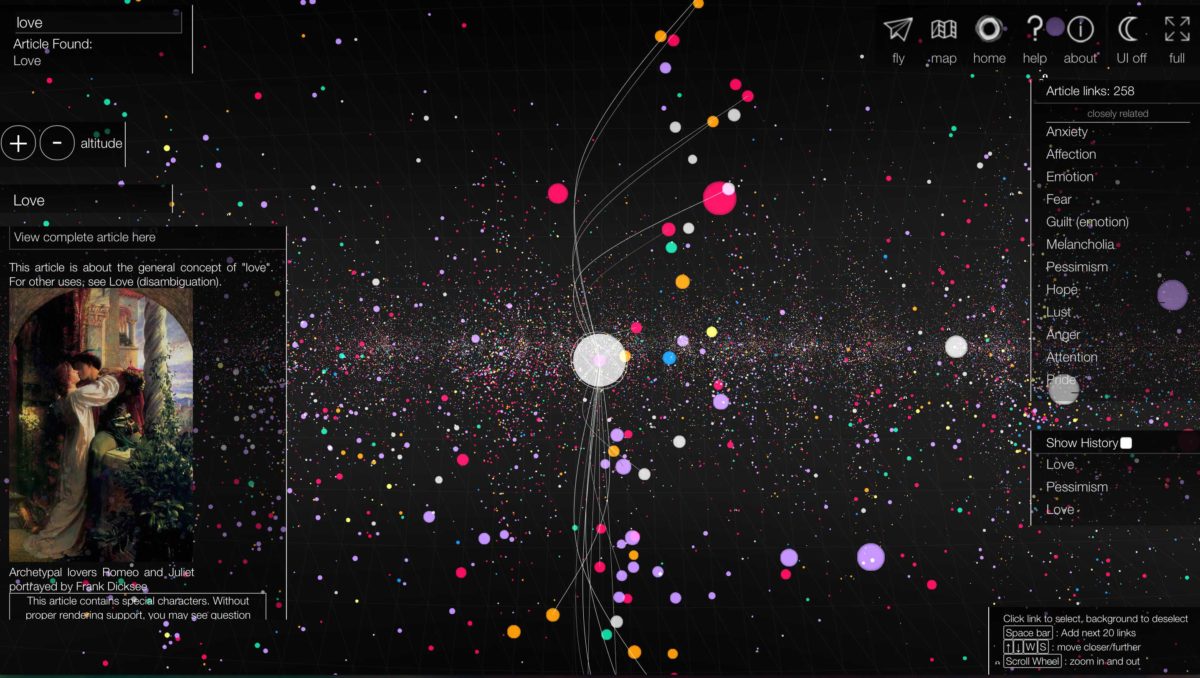The following is an edited version of my remarks delivered to close the Fall 2015 run of “Reality Starts Here” (CNTV-101), a foundational class attended by all first-year students at the USC School of Cinematic Arts. Designed as both a stand-alone class and a curricular complement to the school’s opt-in pervasive media-making game, Reality Ends Here, the class explores the theory and practice of entertainment, both as a timeless element of human affairs, and as something undergoing radical change. These remarks address the constructed nature of reality, the responsibility of the artist, and the necessity of empathy.
Reality is an emergency. Everything in the universe is quite literally in a state of emergence, changing from one form to another each instant, each minute, day after day, eon after eon. As Heraclitus once said, “no one ever steps in the same river twice.” Everything is in motion. Your world today is different from your world yesterday. We try to explain it all and lend it some sense of unity with science and story, but nobody understands what’s actually going on, not really. We are only ever able to illuminate a tiny part of the proverbial cave. Everywhere we look there are unanswered and unanswerable questions.
So: how to act? What to do? Where do we start? I can’t give you a straight answer to any of those questions. For the most part, you’ll have to get there by yourselves. I know you’re on your way already. But I do want to leave you with some provisional insights, not specifically about filmmaking or virtual reality or game design, but about life in general, and the relationship between art and life.
You can take it or leave it. You people are smart and well-positioned and you’re doing a thing — entertainment — that for whatever fucked-up set of reasons can and does have a huge impact on this world, and I’m charged with teaching you, if only for a semester. This is me taking a shot at making some closing comments that might have some meaning to you or might come in handy in some way wherever life ends up taking you.
Reality is an emergency, and we’re all in it together. That’s kind of the starting point here. I like to think of what we do as artists as a kind of mercy, a way to mitigate this dire situation of being alive. At its best, art is a gift we give others because we recognize on some level that our fellow beings, whoever they may be, are just as baffled and longing for insight and hopeful and fragile as we are, and we make art to make things better somehow, if only for a limited time, by enlightening, distracting, comforting, empowering, thrilling, inspiring, tickling, or what-have-you. It’s a wonderful thing, art. It’s a light in this sometimes very dark world.
What I’d like to ask you to do is take that merciful, giving, empathetic attitude that’s already obviously built into you in one way or another, into every corner of your lives.
Of course, being merciful, giving, and empathetic isn’t always easy or possible. Other people can be hell. Personalities can clash, especially when not everyone is as zenned-out as you are. There really is confusion and evil in this world, and sometimes you need to fight. But always try to give in life as you give in art, even (and maybe especially) in the most trying moments you face in your dealings with other beings. In such moments, I’ve always found it best to take the high road (and I’ve learned this from taking the other path), and to look upon meanness and selfishness and other forms of confusion with compassion. Even the biggest asshole you’ve ever met ends up gasping a last breath and dying someday: feel that, and the route to the high road becomes obvious.
The high road leads away from the noise of petty bullshit and takes you to the quiet places where there’s room to make art. Go far enough up and you get to the clouds. It’s misty and cool up there, and you can only see just a bit, just enough to make out the things that matter, the things that are close to you and that you can touch and that you invite to join you. Don’t get caught up in the lowlands of the trivial because life isn’t trivial. Rise up to the level of reality.
Reality is absurd and strange and epic and infinite and there are no solid answers and we all end up losing everything. On the other hand, each of you is a full-on human being: a sentient, conscious, creative entity capable of doing the most incredible things. Squabbling over small stuff is a tragic waste of this precious kind of being, and you should do as little of it as is absolutely necessary. So long as you have the ability to do so, spend your days seeking out and creating moments of transcendence and magic and connection and let the rest of it fall away.
I sometimes think of all the individual perceiving subjects on this planet as being one in the same, like a forest of aspen (you’ve probably heard this analogy before), which looks like many trees, but is actually only one: a single tree with many trunks and a giant shared root system. And so maybe when we look at each other, it’s just the same thing looking at itself from two different points of view. Or maybe that’s not it at all. Whatever you think life is, all of it is in the same boat, stuck on this plane to die; and for us, in particular, the humans, it’s maybe a little extra difficult because we know we’re going to die: we can anticipate it and ask questions, like “why are we here,” but we can’t do anything about our fundamental condition as mortal beings subject to the whims of an indifferent universe. It’s enough to make a person anxious, even desperate.
One way to deal with the uncertainty and unfathomabilty of it all is through the acquisition of power and the domination or exploitation of others. You separate yourself off, pitting yourself against the world that you are a part of, and try to impose a fixity on a thing that is inherently always in flux. But of course that fearful, willful, denial-driven style of being is exactly what leads to the kinds of inequities we see tearing the world apart. It takes you off the high road and away from the giving and truth-telling impulses of art. Have no illusions. Own the anxiety associated with being alive, with this emergency situation. Truly feel it and embrace it because if not now, when? Don’t try to bury it or forget about it. Use it. Be honest.
Be honest with your art. Do the kind of art that makes your heart sing, because if your heart is singing, well, then that’s at least one heart that’s singing, and the world needs more singing hearts. Remember that this isn’t just about you. It’s about all of us, all the trunks of the proverbial aspen. What you bring into the world matters. Making art isn’t just about saying something because saying something is never just about saying something. Saying something does something. Everything you make does something. Be mindful of that. And be honest.
Be honest and find ways to share that commitment to the truth. Speak truth to power. Stand up for the marginalized, the oppressed, the abused, the forgotten. Right wrongs. Call out the gaslighters and the manipulators. Do some good, or at least, try to minimize the harm you do and step up to stop the harm that others might do. Try to be the shepherd.
It’s not always going to be easy. You’ll be tempted to drift away from honesty and to recycle old ideas or follow some safe formula that’s worked before because that will seem like the easier path. Resist that temptation. Seek after the new. Remember Heraclitus: the world is new every year, every day, every moment, and we need new dreams to come to terms with those new worlds and to push them toward the light.
Everything is constructed. The future is yours to shape through story and play and experience. Take that responsibility seriously, and never lose track of what got you here — that spark, that joyful instinct to create and to dream. Remember that reality ends here, precisely where it starts, in the ever-present Now wherein the dream makes the dreamer and the dreamer makes the dream.
Thank you and happy holidays, dreamers.


